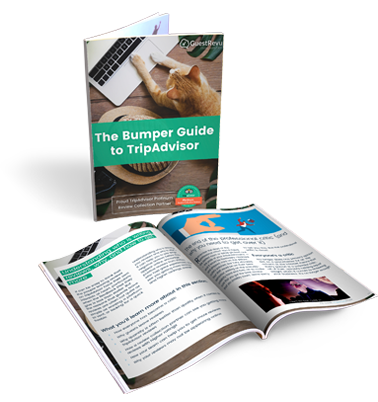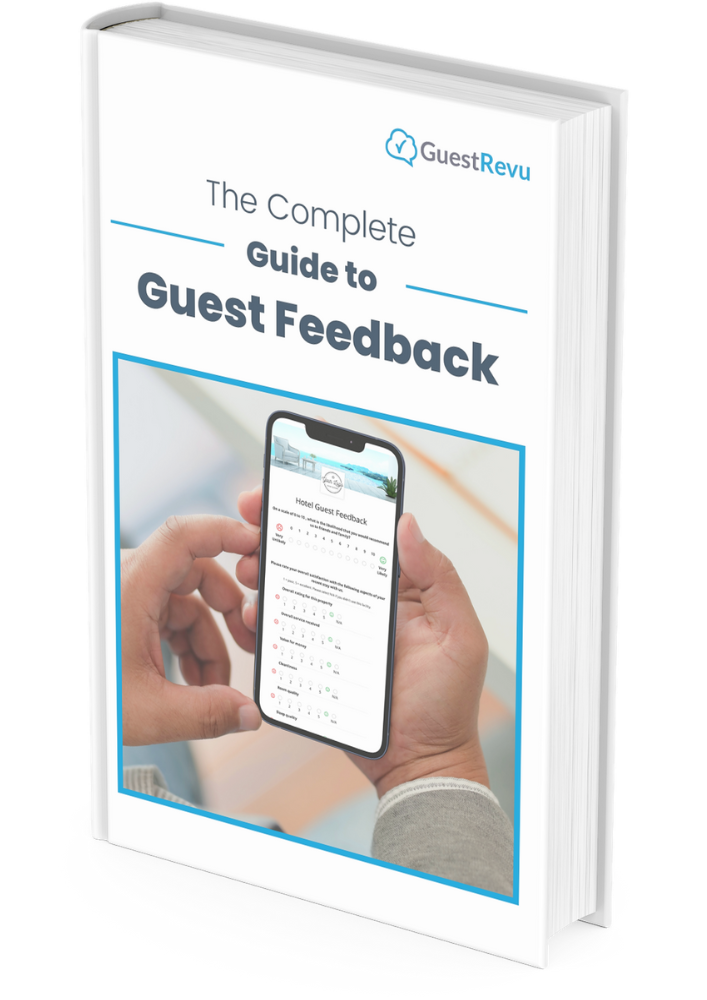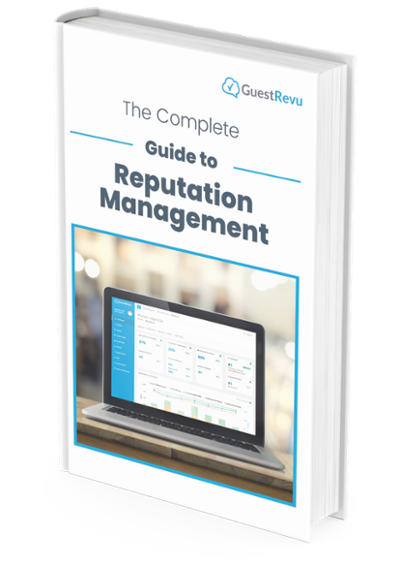Slow travel is the “new” face of what many have come to know as sustainable travel, and it’s centered around mitigating some of the social and environmental costs that come with traditional (fast) travel.
The trend was gaining traction pre-pandemic, but following what has been a stressful year-and-a-bit that included having the joys of travel snatched from our lives, many travellers have had time to reflect upon the impact of mainstream travel, and consider what they are truly hoping to achieve with their travels. It's become clear that more guests are looking for something beyond a place to lay their heads and take share-worthy pictures, and are now looking to slow travel to satisfy their wanderlust.
Hotels, tour operators, and even restaurateurs of all varieties can and should be poised to provide the new wave of slow travellers with the experiences they are longing for. Besides the heads in beds, attracting slow travellers to your property has other benefits for accommodation providers (not to mention aligning nicely with the WTO’s sustainable development goals as well).
.jpg?width=503&name=local-travel-group-of-young-people-studying-map-on-NB4YELT%20(1).jpg)
What is slow travel?
Slow travel challenges the routine of having hectic travel schedules where guests rush from place to place to visit as many attractions as humanly possible, queueing up with a herd of other tourists to take some photos, and, with just that glimpse of the local scenery, packing up and heading off to the next destination on their list.
Not many of those travellers can say they had enough time to fully take in the experience of the community or environment they visited. They are so focused on the next destination, or next bucket list item, or on making good time, that they neglect the present moment, and that experience often leaves them needing a vacation to rest from the vacation they rushed through.
Slow travel allows guests to spend more time immersing themselves in the destination they visit, for more fulfilling travel experiences within the community. Slow travel doesn't necessarily mean longer holidays (although some people do choose this option) but is rather about the intentional, conscious and conscientious experience of a place and its culture.
Slow travel enriches your guests’ connection with themselves within the local community, its customs, foods and music. It is centred around high-value travel experiences that are relaxing, educational and have an emotional impact on guests, without offering a highly tourist-oriented experience, which tends to be taxing on guests and the environment.
Why do guests travel slowly?
If you’re going to attract slow travellers, and reap the many rewards of having these types of guests at your property, you need to understand what motivates guests to travel more slowly.
According to an article in the Journal of Travel Research, slow travellers are motivated by “relaxation, self-reflection, escape, novelty-seeking, engagement, and discovery.” The quarantines and restrictions that came with the pandemic partially prevented people from fulfilling these emotional and psychological urges, so it makes sense that, now that most of them are free to go where they please, they are going to go where these needs are met.
The research also points to slow travellers being so satisfied with the expectations of their travels being exceeded, possibly better than what they would have normally gone for in a fast travel experience, that they are more likely to come back and even recommend the destinations that cater to their social needs.
Although guests don’t seem to choose slow travel for any particular reason (or even consciously at all, in many cases) specific benefits include
1. Preventing travel fatigue - In their pursuit to scratch as many destinations off their bucket list as humanly possible, travellers can burn out in what is known as travel fatigue. The tight scheduling of activities from the minute they wake up to the minute they pass out leaves them stressed, tired and strapped for time, and sleeping in means losing out on those pre-booked activities.
There is a sort of security in choosing to travel more slowly, and spend longer in one place. Guests can relax in the knowledge that they’re going to be around for a while, and can rest up, take their time deciding what they’ll get up to (even making room for spontaneity) while knowing all the options they have in their destination.
2. Saving money - When planning a traditional jam-packed vacation, guests often use the same booking engines and online travel agents to find accommodation, and then to cherry-pick activities and tours according to what is advertised as most booked, or having the best ratings and reviews. When on a pre-packaged tour, this planning is done for them, and itineraries are often back-to-back.
This may limit them to only spending their time and money at those specific, predetermined places, many of which are quite pricey. This helps guests to budget, but it can be a barrier to spending time and money on what interests them in the moment.
However, guests who are liberal with time and take the route of slow travel try to spend money where it matters most. So for example, they can cut transportation costs by having more time to walk around freely, or use public transport (often discovering activities, restaurants and shops along the way); instead of going on pricier city tours with other tourists.
3. Protecting the environment - from the pollution associated with frequent air travel to the destruction of natural habitats to create the infrastructure needed to move swathes of tourists around, traditional “fast” travel takes a huge toll on the environment.
Because getting from one place to the next isn't a priority, slow travel tends to have less of an impact on the environment. Travellers are more likely to choose public transport, or other lower emission options. They may also move around less, instead spending time fully exploring all a particular area has to offer.
4. New connections and enriching experiences - the guests who travel slower have more room to engage with the community and connect to the culture, which means they can find hidden gems opposed to tourist attractions, local restaurants that are off the beaten path, and even spend some time with their host getting to know a little bit more about their story and where they are.
In most cases, fast travel involves herds of tourists who are often from similar backgrounds spending the bulk of their time with each other – this may not be as fulfilling as getting to know people that live somewhere else. Having a bit more time away from the herd and tourist-centered spots is increasingly gaining value in this way.
How does slow travel benefit hotels?
Slow travel mitigates staffing issues for the teams on top of daily operations, especially those who are running a little low on hands due to the pandemic. We’ve spoken about building back your team after COVID cutbacks, and we think slow travellers give hoteliers more flexibility to anticipate guest volumes, rotate duties between highly skilled employees, and possibly hire relevant staff from the surrounding community temporarily. This is because slow travel providers have the leeway to tap into external expertise, teams, and amenities to curate unique, authentic experiences which involve the wider community, without having to provide the resources themselves.
Whether your guests thrive on the outdoors, like to hang out indoors doing something different, or want to have a taste of the culture – having the advantage of integrating your offering with the community helps you provide a range of experiences so that you can guide your guests to those pursuits, attractions and activities in your area that will provide the fulfillment they are looking for.
Involving the community means that you can diversify your offering, while still being able to keep it personal to the needs of each guest, and still make it your own. Slow travel makes the most of time, and for hoteliers, that time converts into some of the high-value outputs that touch guests in profound ways:
- Embracing elements of slow travel will benefit all types of guests - not just people looking to travel for a longer period of time.
- Guests are more satisfied, and more likely to recommend if there are elements of slow travel in their trips.
- Collaborating with the community means you can offer a wider variety of amenities and experiences, catering to a wider variety of tastes.
- Longer guest stays are more profitable.
- Fewer check ins and outs allow more time to refine and personalise the experience, instead focusing on the physical details of your property that make it stand out.
As mentioned in an article about the experience economy (which slow travel falls under) by Boutique Hotel News, “guests want tech savvy operations, crave adventure and exploration, and exciting new personalised experiences that are transformative and sensory.” Hoteliers who want to capitalise on the experience economy should embrace slow travel as a concept that will take their brands to where the market is moving.
How to position your property in the slow travel movement
Before strategising how to join the slow travel movement, you need to take all your guest feedback data into account, in order to have a clearer picture of who your guests are, what their lifestyle requires for comfort, and the finer details on the kind of experience that satisfies them the most. That’s when you can move onto your slow travel concept, and segment your messaging to target who you want to interest with a personalised slow travel experience.
What to look for in your guest data:
- Do most of your guests travel solo, in couples or as a family?
- Which age groups do you target or receive mostly?
- Which social media platforms do they use to interact with your brand the most?
- Which part of the country or world do they come from, at which times of the year?
- What do guests that visit your area come to do most of the time?
These are just some of the pointers you can get from looking at your guest data, to understand who you already bring into your property, and what they most likely do with their time. There will almost always be a way to attract your current and prospective guests in slow travel, or introduce an element of slow travel to your existing offering.
One example of a well targeted slow travel experience is on the high end, with the The Great Relocate package by the Hyatt hotel chain. Many people have embraced the increased opportunities to “work from home”, and choose to “work from anywhere”, even a holiday destination. To cater to these long-term travellers, the Hyatt includes IT concierge for any tech issues, free access to the gym, private work areas and access to the boardrooms with scenic views. And as a strategically pet-friendly family package that can be booked for up to three months at a time, this package positioned them as a home away from home - with room service and housekeeping, of course.
The Hyatt struck a comfortable balance between providing a getaway and a second home with this package, and there is much to be learned, even for hoteliers who can’t claim the many amenities this big brand owns. After all, getting the balance right is a game of adapting to the different pain points that drive your guests to entertain their desire to travel.
Start by doing all you can to get great feedback, and work from there to get a better understanding of where you will fit in the slow travel market. There are many ways to improve the way you handle feedback, which will in turn inform how many interested guests end up choosing your slow travel experience.
You don’t need to do a complete overhaul to accommodate slow travel, but you should introduce some key elements from within, like your booking packages, your website and online reputation, your property’s visuals, and look at the possibility of hiring temporary guides if need be. Then you can align with the community and businesses after looking at what they have to offer your kind of guests to ensure it is mutually beneficial.
The Telegraph can confirm that people are spending more money on staycations (with prices rising by up to 40 percent), which means that small hotels and independent properties could benefit by introducing elements of slow travel, but tailored specifically to staycationers, focusing on crafting more valuable travel experiences for their guests, and making them personal. Wellness activities, and a bit of adventure into the local hidden gems are what a lot of people are increasingly looking for.
Beyond using guest feedback to know what your guests will like to do, you also need to be aware of the tech they use to plan their travel, because that’s where they and your prospective guests will share a bit more about what they’re attracted to.
Tech tools to help curate slow travel:
You know your own backyard better than anyone, but it’s worth browsing for some ideas for how to package it for the slow traveller. Spotted By Locals is a place for people passionate about their hometowns (Spotters) to share blogs, photos and recommendations of food, activities and attractions off the beaten track.
With the boom in Travel TikTok during quarantine, you can show your prospective guests some teasers of what’s in it for someone who wants to visit your city or town, and may end up discovering some new attractions or activities yourself. If you already know where you’d like to send your guests, Mapstr is a mobile app that allows you to create a list of places that you can share with other users.
Whether you’re part of a hotel chain, an independent property or smaller hotel, there’s a role for you to play in slow travel – one that will increase the sustainability of travel, benefit your community and its businesses, satisfy your guests, and heighten the experience offered by your brand. There is therapeutic value to be harnessed in slow travel, and creating it for your guests is a confluence of adaptability, perspective, and personalising your guest experience according to your resources.




